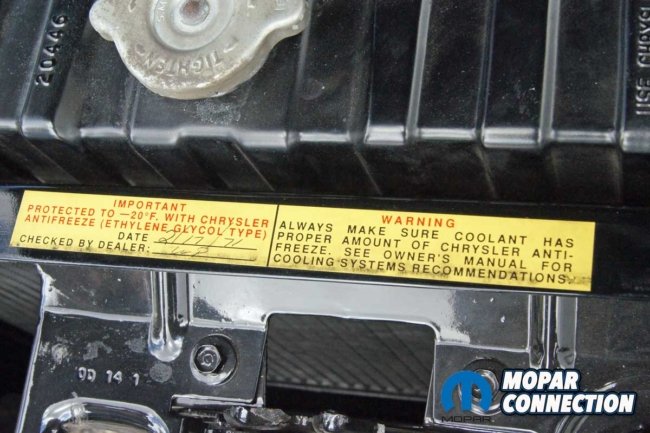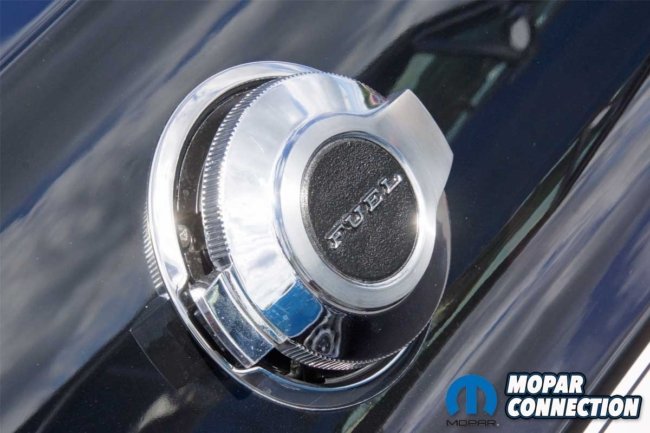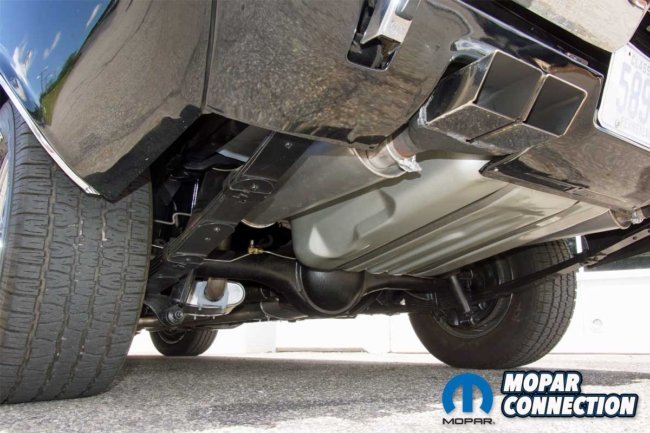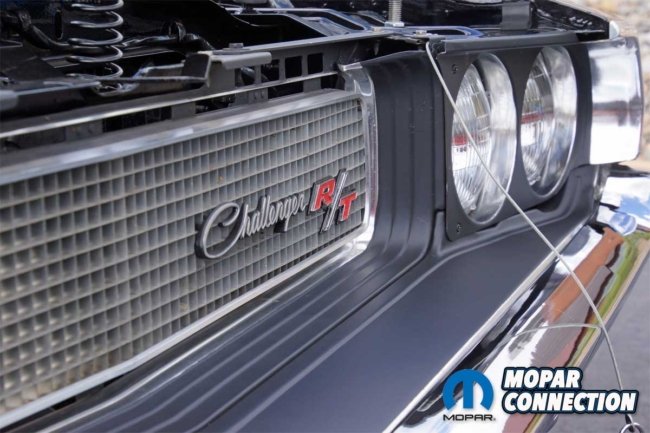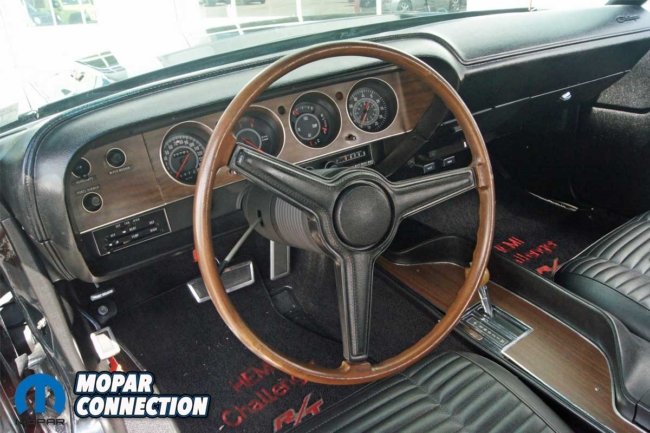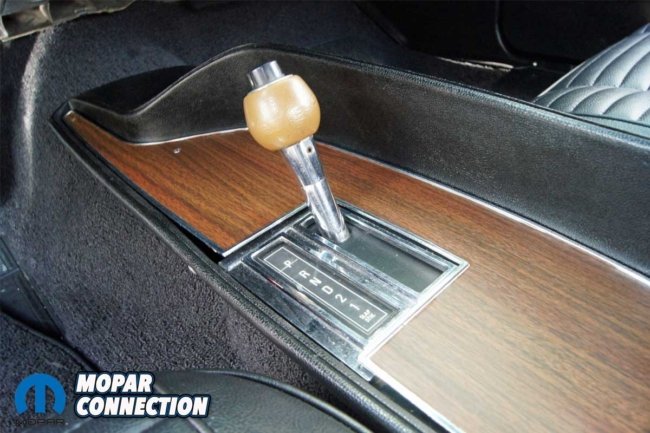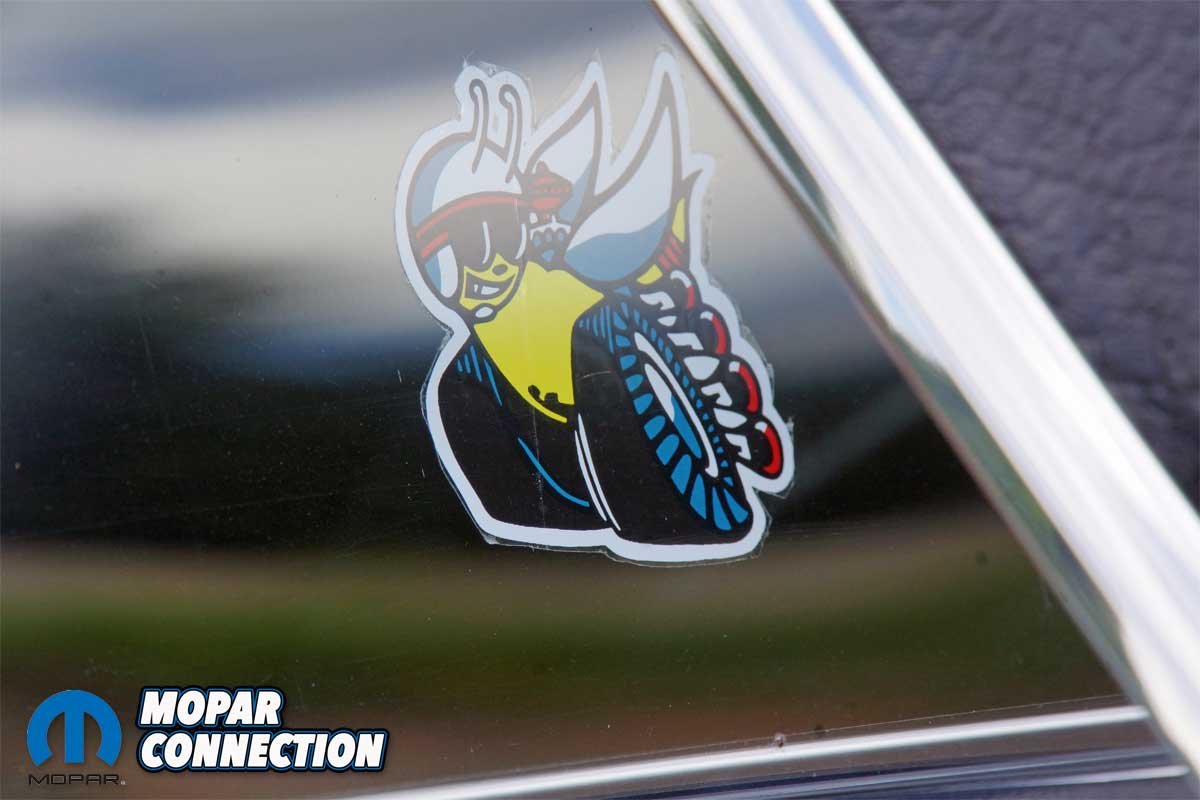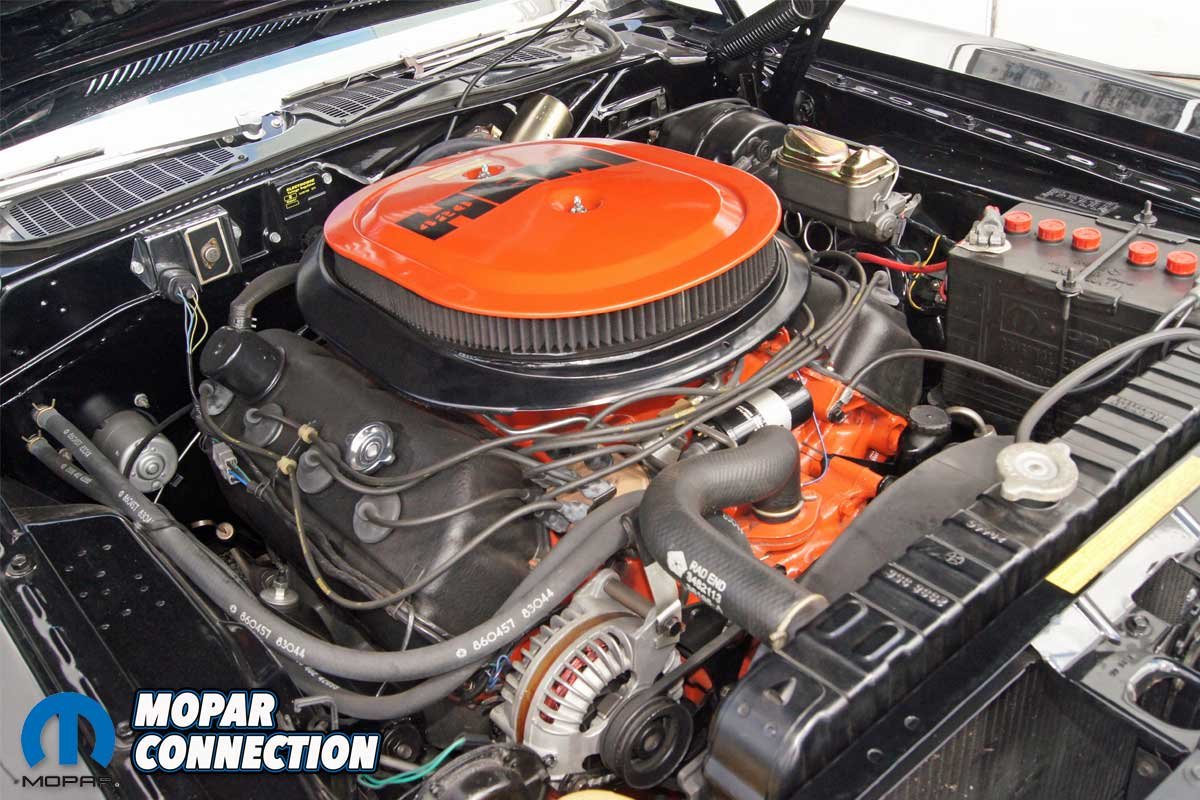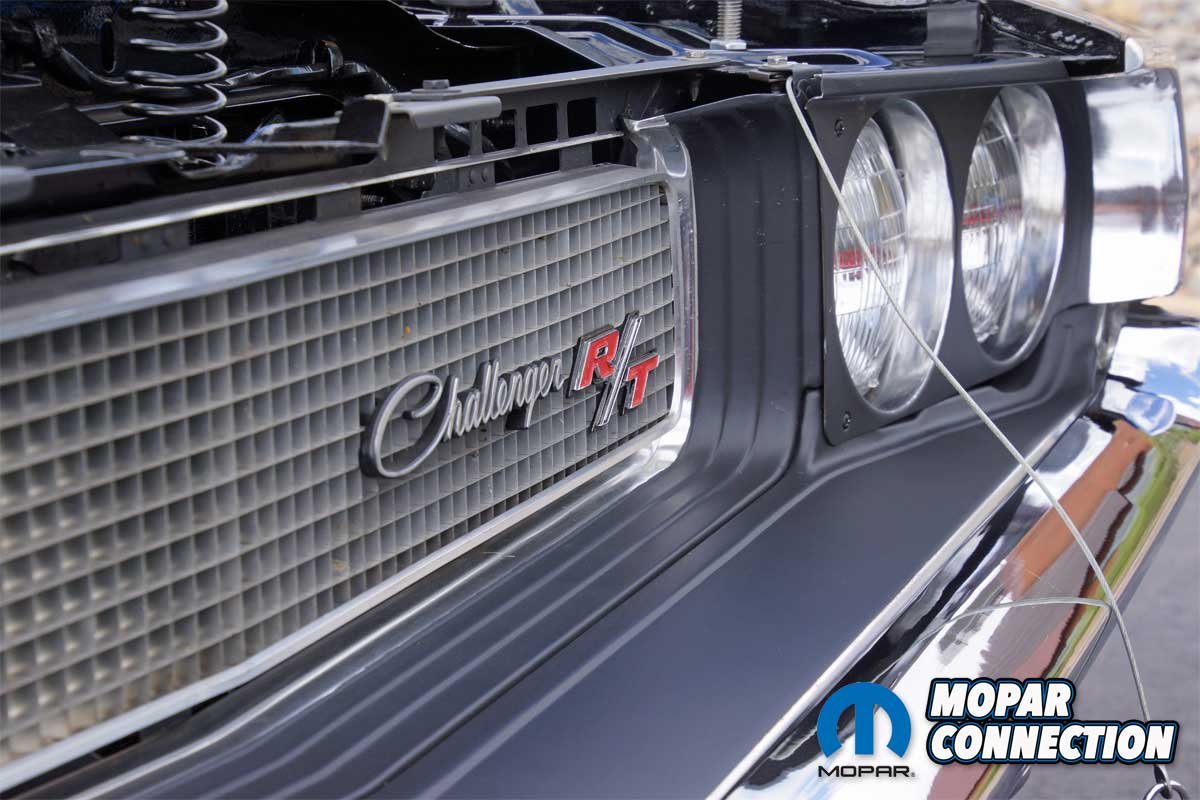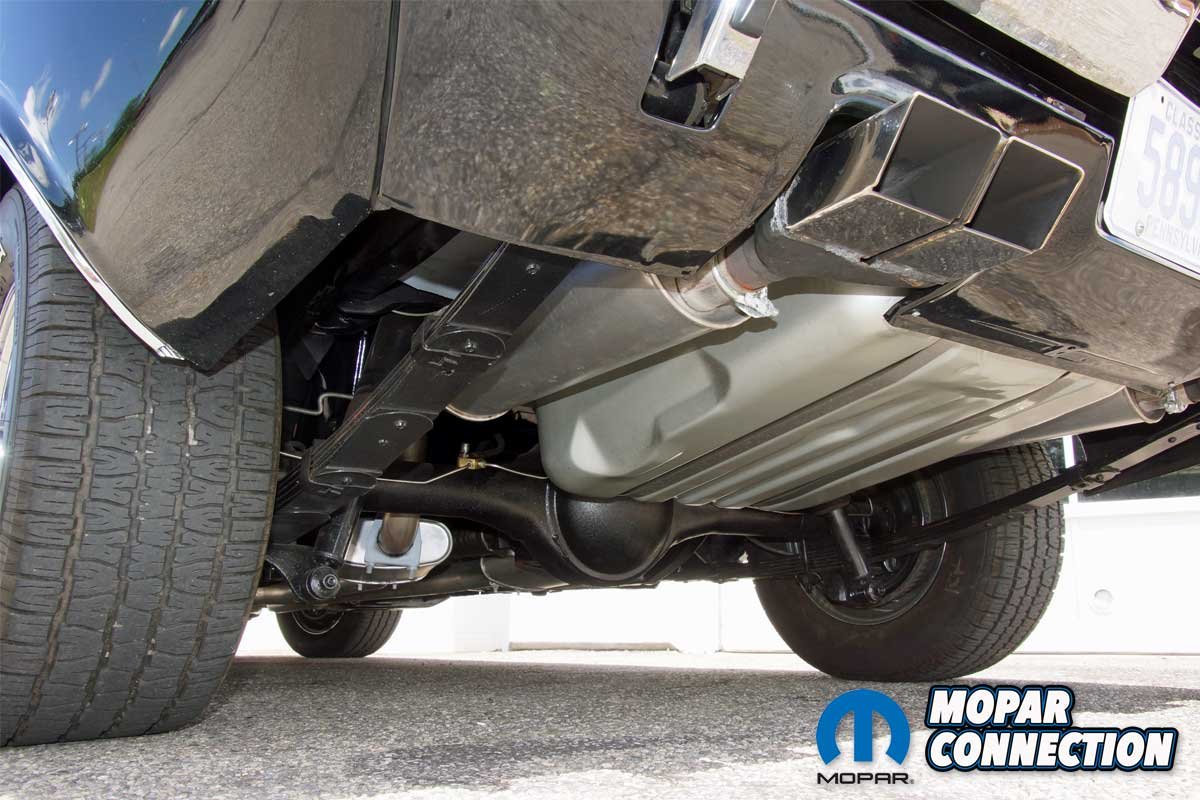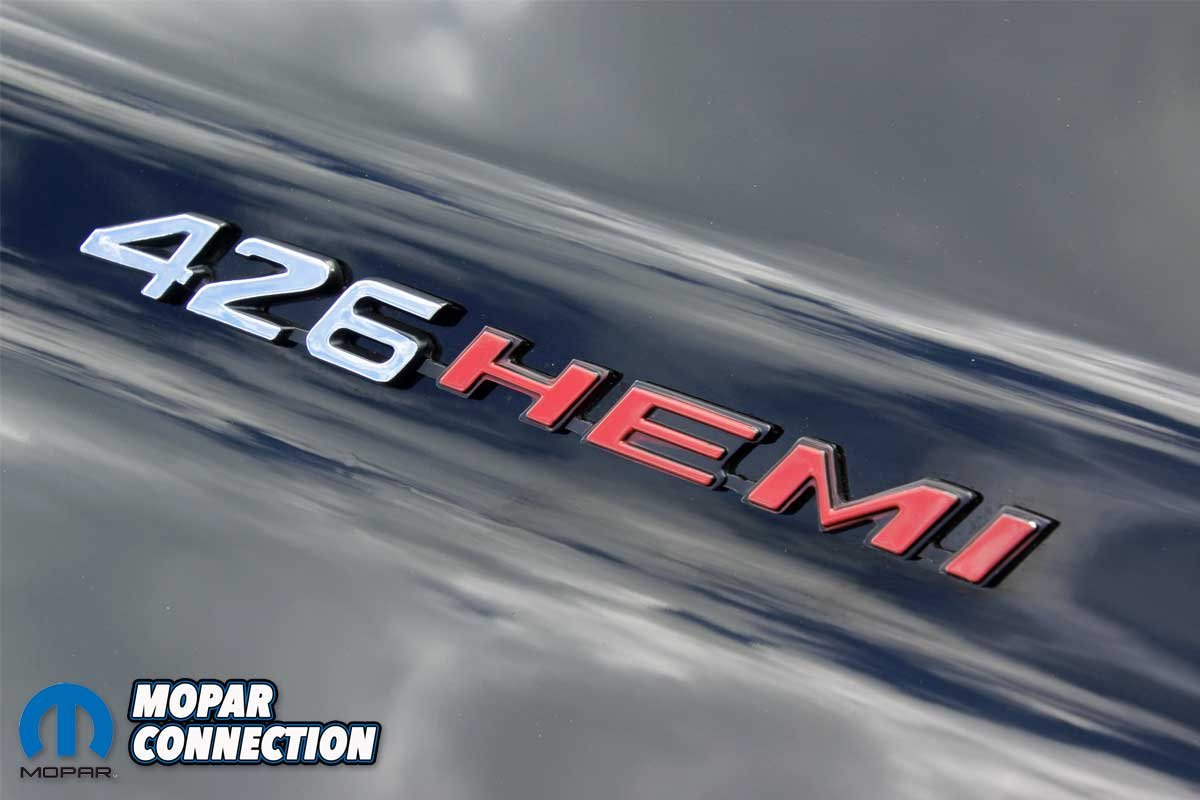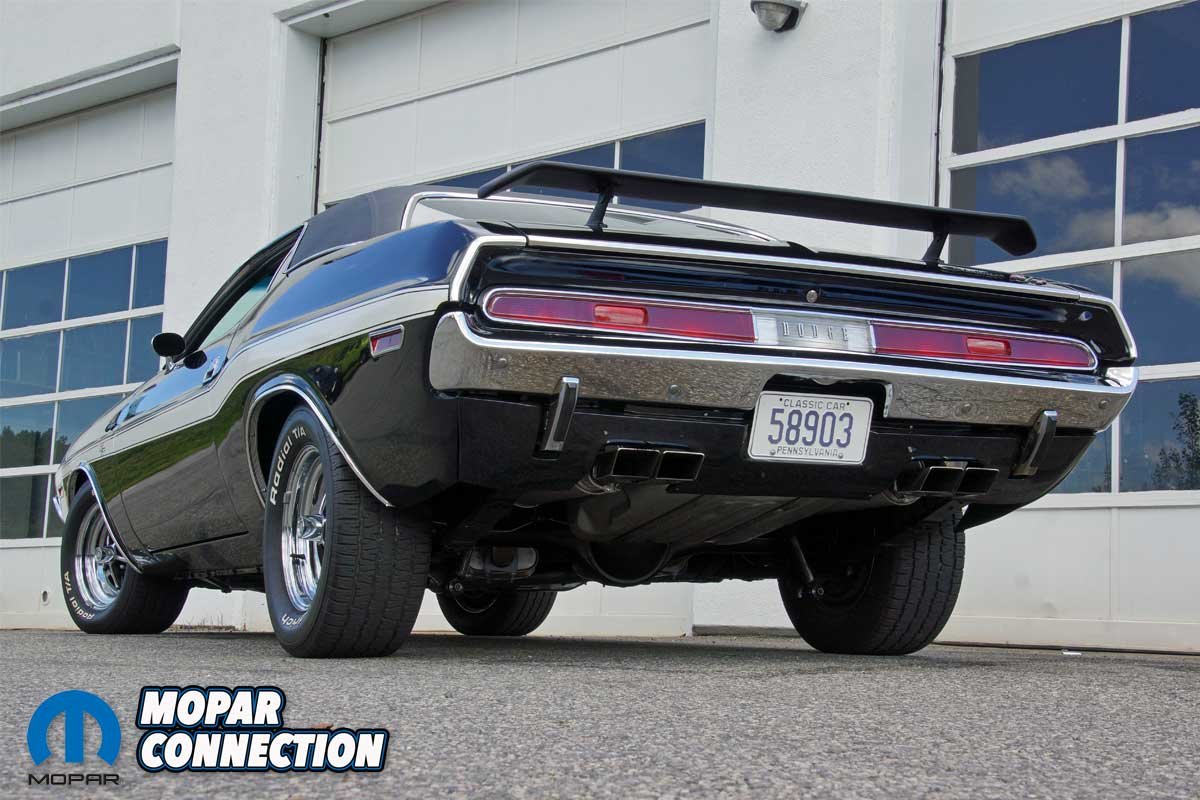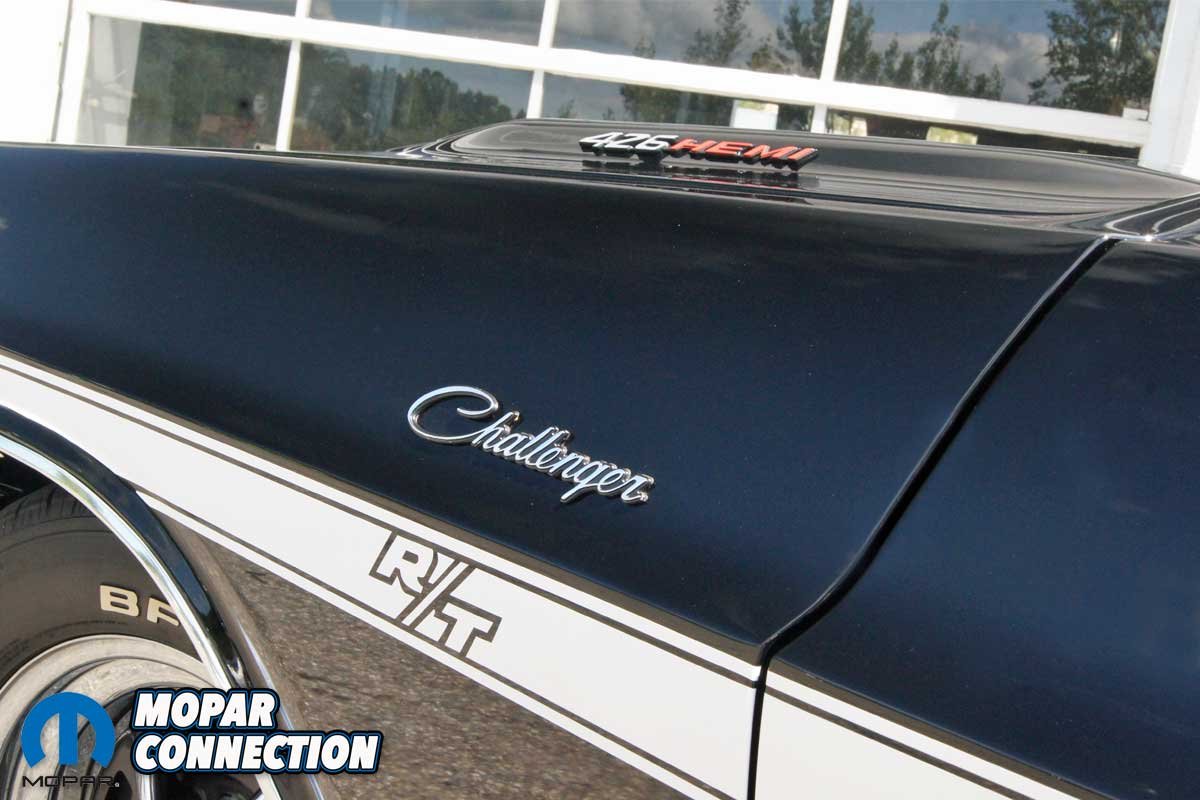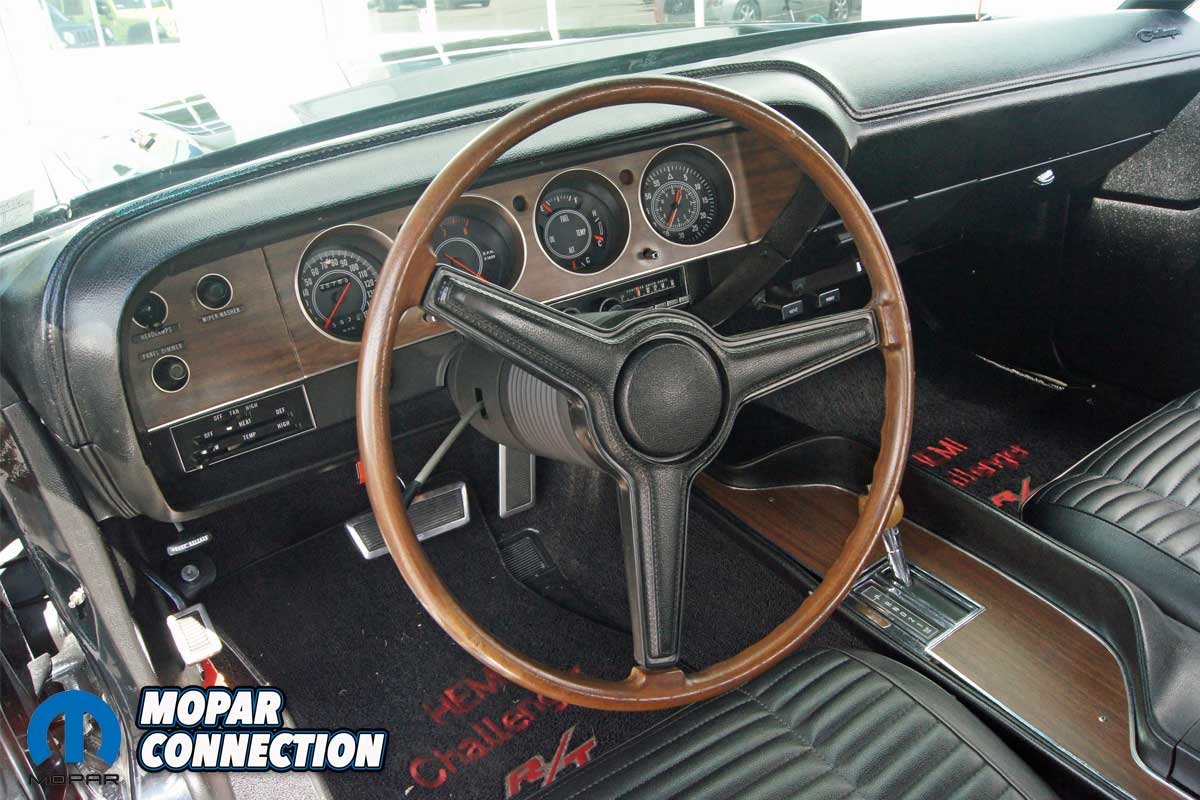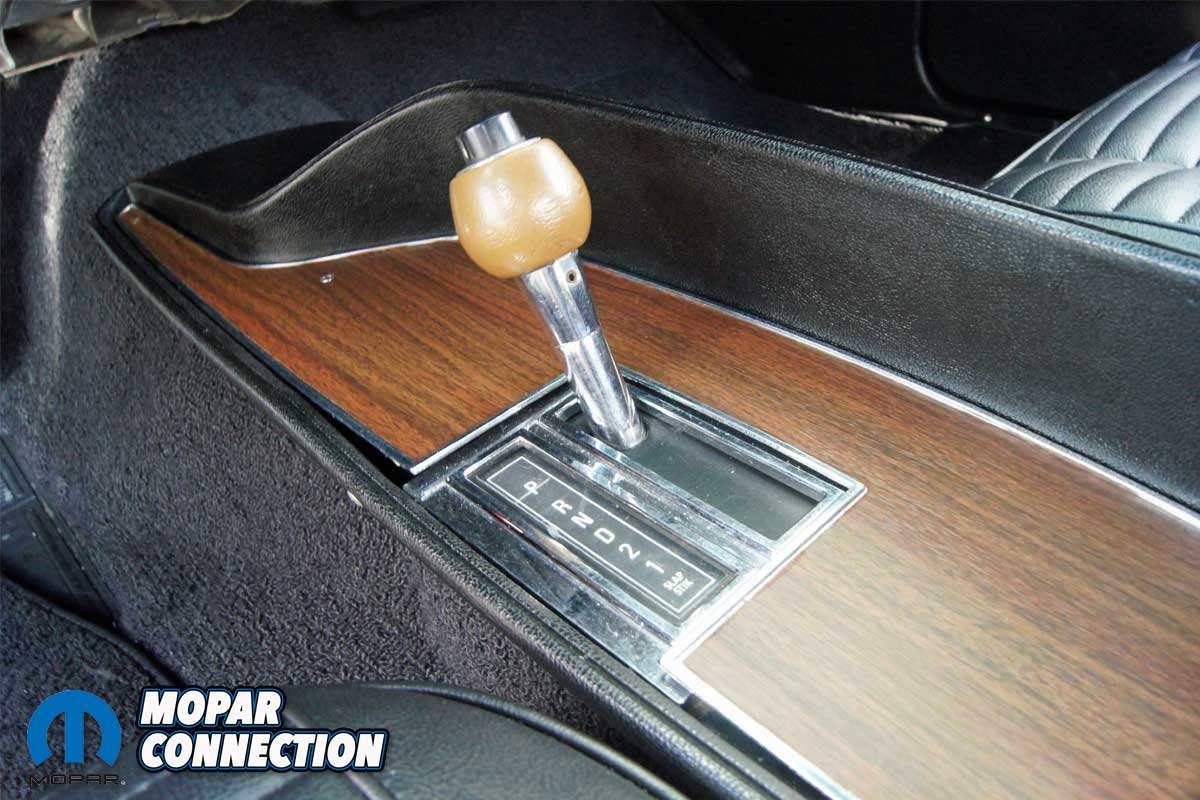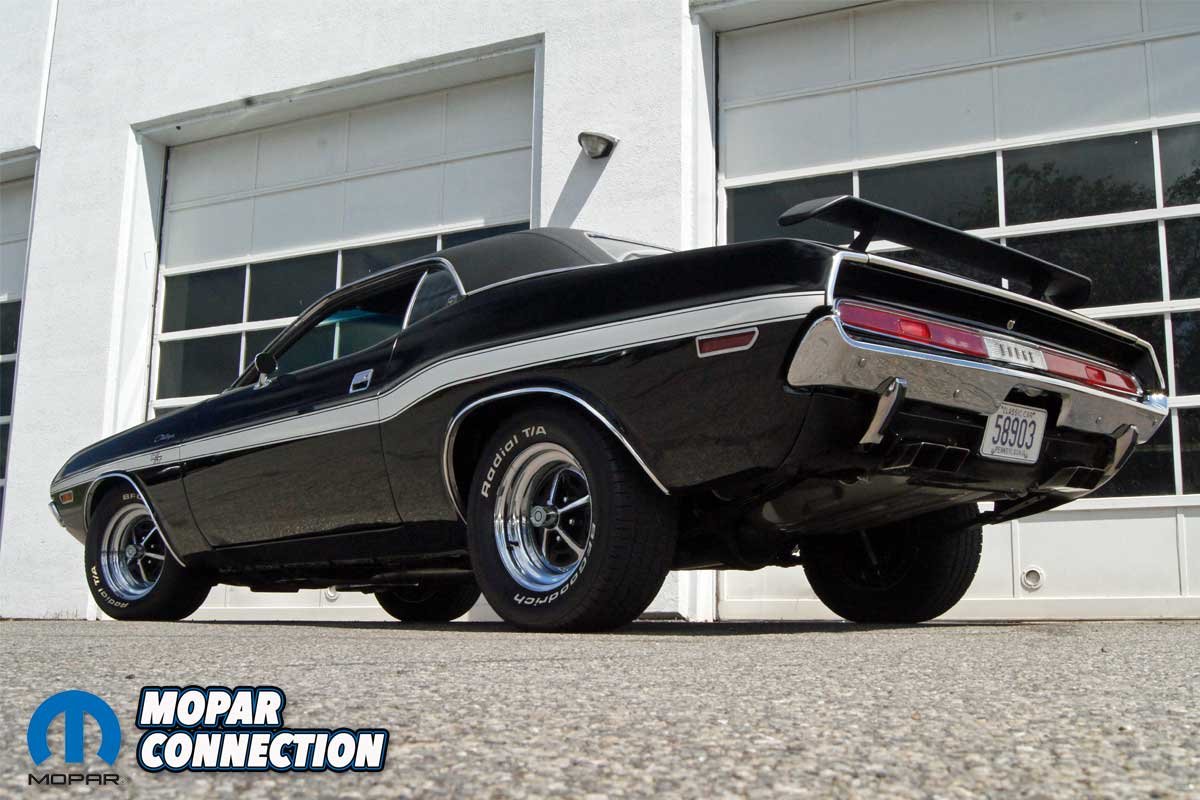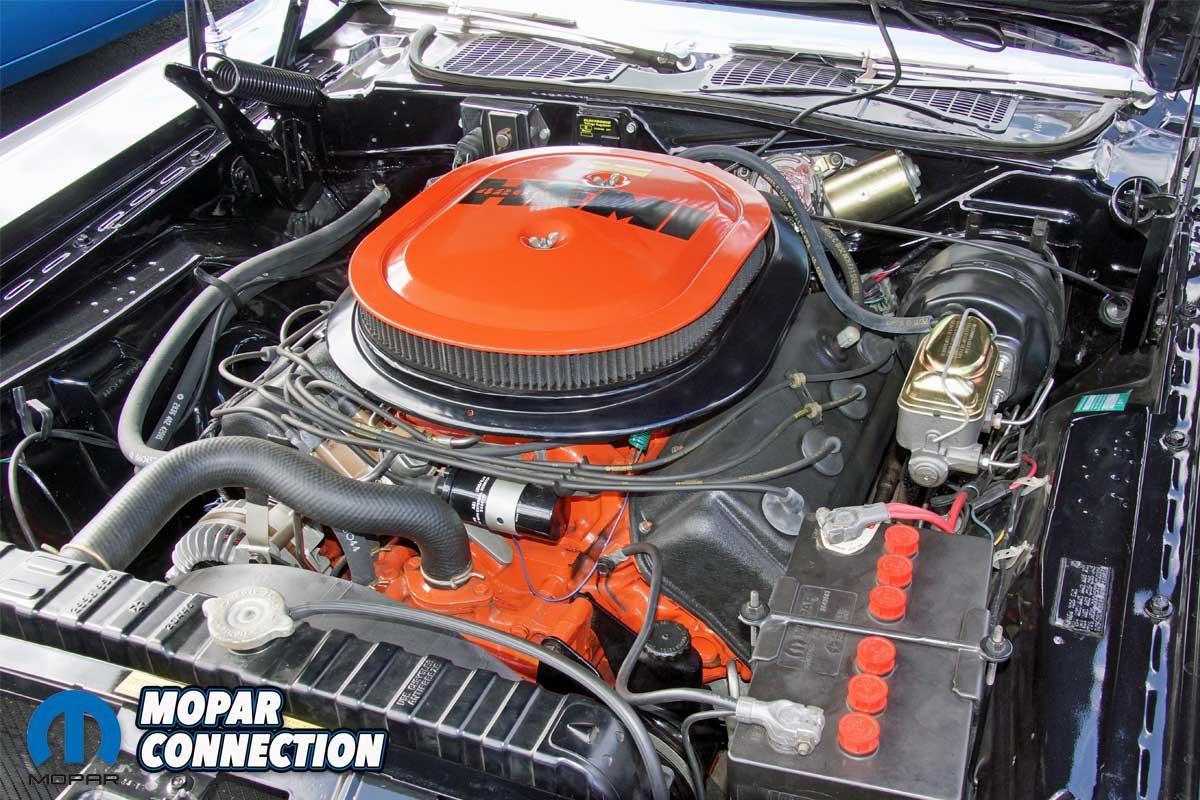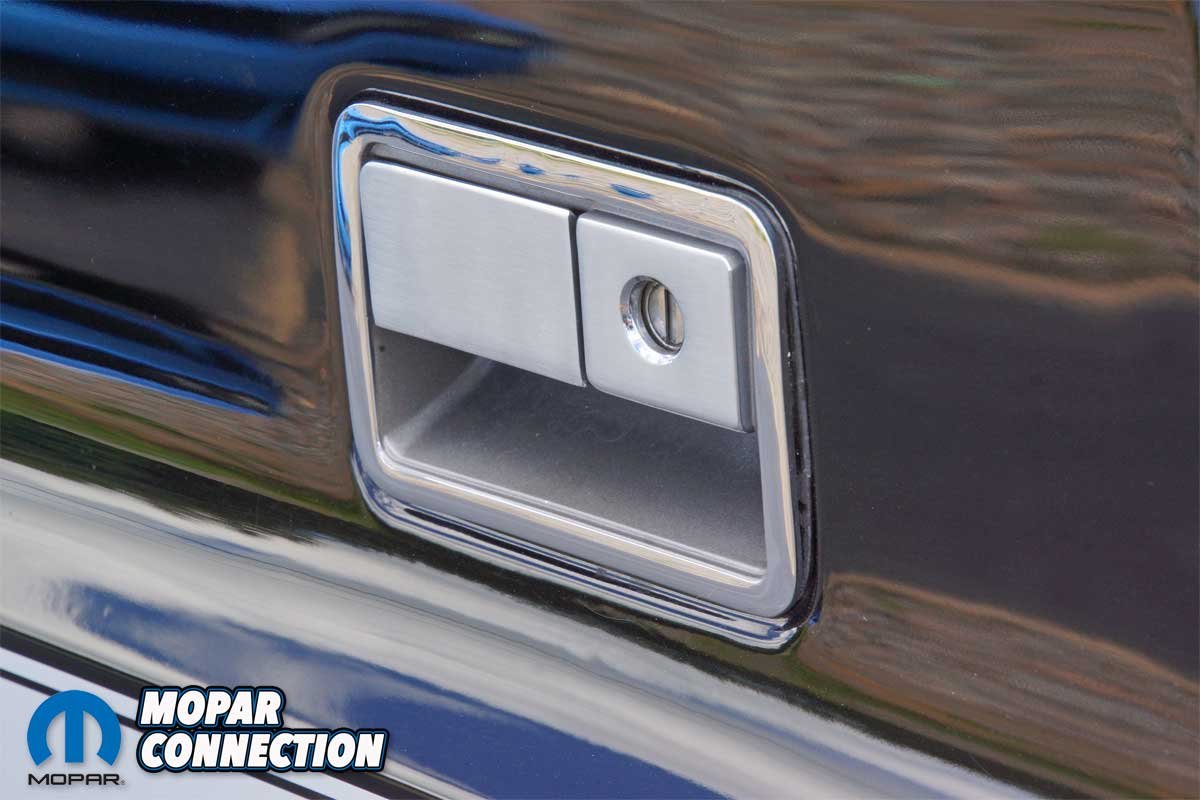
Chrysler was often just behind the curve when it came to bringing a new car to the market. The E-body (Challenger and Barracuda) was an example of Chrysler’s “late to the party” motif. However, the E-bodies, especially the 1970 and 1971 models, are some of the most revered muscle car era vehicles. Barry Postupack of Hazelton, PA, has one of the highly-coveted E-bodies, a 1970 Challenger.
Barry’s Challenger R/T was built in May of 1970 and sold through Stephen Butcher Inc., a Chrysler Plymouth Dodge dealership located in Hazleton, PA. At the time, Barry’s uncle owned the Mopar dealership, and Barry’s dad, Wassil, was the service manager. Wassil had been a Chrysler Master Technician, an expert paint and body man, and a service manager since WWII.
By the time the Challenger arrived at the dealership, there was little public interest in the base 383 engine and Torqueflite, especially with the 1971 models hitting the showroom in just a few months. When the Challenger finally sold, Wassil performed the pre-delivery inspection (PDI). As part of the PDI, Wassil checked the coolant, filled out the inspection sticker with the date 2/17/71 and his initials WP, and affixed it to the radiator support.

Once the R/T sold, the dealership personnel quickly forgot it, and the dealership continued with the business of selling new cars and repairing used vehicles in the service department. Wassil moved on as well. In 1972, he opened a gas station and repair center where a young Barry worked in the afternoons after high school. During this time, Wassil’s path crossed with the Challenger once again.
In 1973, the original owner traded the R/T for a new Monte Carlo, and the “gas-guzzling” Challenger ended up for sale on Select Cars used car lot located in Still Creek, PA. Another uncle of Barry’s, Peter, owned the car lot. Wassil and Peter hammered out a deal, and Wassil purchased the 383 Challenger for Barry’s older brother Mark on April 27, 1973. Besides being Mark’s ride, the Challenger spent plenty of time as a parts runner car for the new business.
In 1974, on the down-low, Mark purchased a Direct Connection (DC) Hemi grind camshaft for the 383. While Wassil was away for a fishing trip, Barry and Mark rolled the Challenger into the garage and swapped the factory camshaft with the new DC cam. Once back at work, Wassil noticed the Challenger was not idling correctly and figured it had a misfire. He told the boys to pull the Challenger into the garage and replace the plugs. At that time, the boys fessed up about the camshaft.
Wassil, less than pleased, could not figure out why a perfectly running engine was taken apart. He never mentioned the camshaft again, and the Challenger continued to be used to pick up parts for the business. However, now the parts runs shook all the storefront windows as Wassil drove by. Barry always believed that deep down his Dad was proud of the boys’ ability to make the cam swap and get the engine running correctly over a weekend. By the summer of 1974, Mark enlisted into the US Army, and on the day he left for basic training, he tossed the keys to Barry and told him, “The Challenger is yours.”
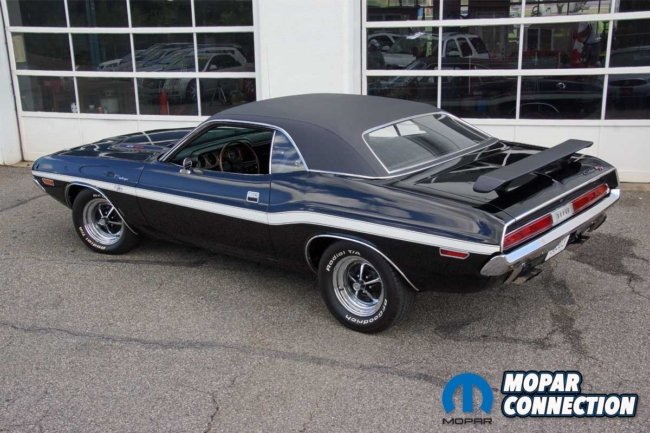
Barry enjoyed the performance-oriented Challenger. He made plenty of trips to Englishtown, NJ, with the Challenger to participate in the quarter-mile drag races. Additionally, Barry took the Challenger on many fishing trips. On August 6, 1977, Barry and his fiancé, Elaine, married, and the Challenger was part of the wedding proceedings. Once married, Elaine drove the Challenger to the mall or the grocery store and was repeatedly offered (usually by men) to have the car taken off her hands. On July 22, 1982, Wassil fell ill while at work, so Barry loaded him into the R/T and quickly wheeled him to the hospital. Sadly, the man that had inspected the Challenger a little over a decade prior made his last ride in the car as he passed just two days later.
With Wassil’s passing, Barry assumed ownership of the automotive business. While coming to grips with changes in his personal and professional life, Barry, who had always wanted a Hemi engine, found a 1970 ‘Cuda with a 426 for sale. The owners of the ‘Cuda were in the middle of a divorce. In what sounds like the makings of a great country song, the husband owned the ‘Cuda chassis, but the wife owned the non-original Hemi. Barry made an offer on the engine, and the wife agreed to sell. With help from his brother Russell and cousin Wayne, Barry finessed the Hemi out of the ‘Cuda where it sat in the front yard. Barry also secured the Hemi K-frame.
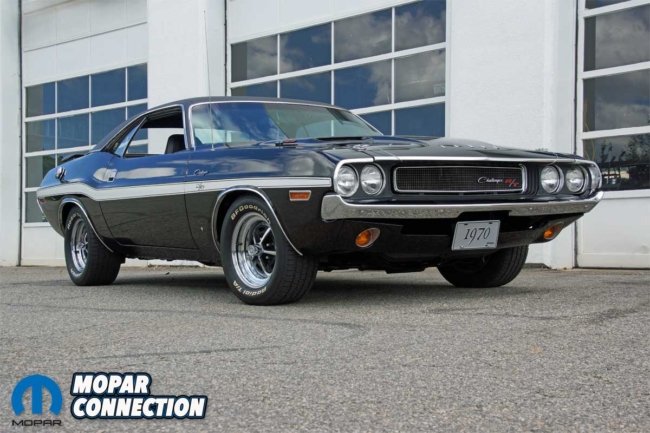
After going over the engine, fluid changes, and a fresh coat of Hemi Orange paint on the pachyderm, Barry installed the k-frame and the Hemi into the Challenger during the Labor Day weekend of 1982. Barry kept the 383 and the original k-frame. He placed them on a pallet and put them under a workbench at the business, where they remain to this day. Except for a torque converter upgrade in 1984, the drivetrain remained untouched.
With the automotive business doing well and the addition of a bait and tackle business along with Elaine and Barry’s growing family, Barry’s time with the Challenger decreased. Still, the Challenger was always kept in excellent operating condition. However, it appeared a bit tattered around the edges. The interior was faded and frayed, and there was minor rust on the lower rear quarters.
Barry, Elaine, and their sons began a complete restoration of the Challenger in 2000. The restoration was slow but steady, and the work proceeded on the weekends during the winter months. The quarter panels were repaired with clean metal, and the Challenger was repainted with several layers of modern basecoat in factory black covered with multiple layers of clear coat. The Challenger was returned to stock but with the Hemi instead of the factory 383. The R/T was completed on July 4, 2008.

The Challenger is much more of a car show star than it was before the restoration. It has placed first at multiple shows in the Mopar classes or the E-body category, including a highly revered first place at the 2011 Chrysler Nationals at Carlisle, PA. Topping the Carlisle win, the Challenger has even won a couple best of show awards since the restoration. One point of pride Barry has about the restoration is that he could save the original coolant inspection sticker.
The well-preserved sticker remains glued in its factory position on the Challenger’s radiator support, and decades later, the story about his Dad’s initials and the inspection date on the sticker can be shared with all the car show onlookers. Barry’s Challenger would be nearly perfect in its restored condition with the original 383, but the R/T achieves perfection by just adding a Hemi.



